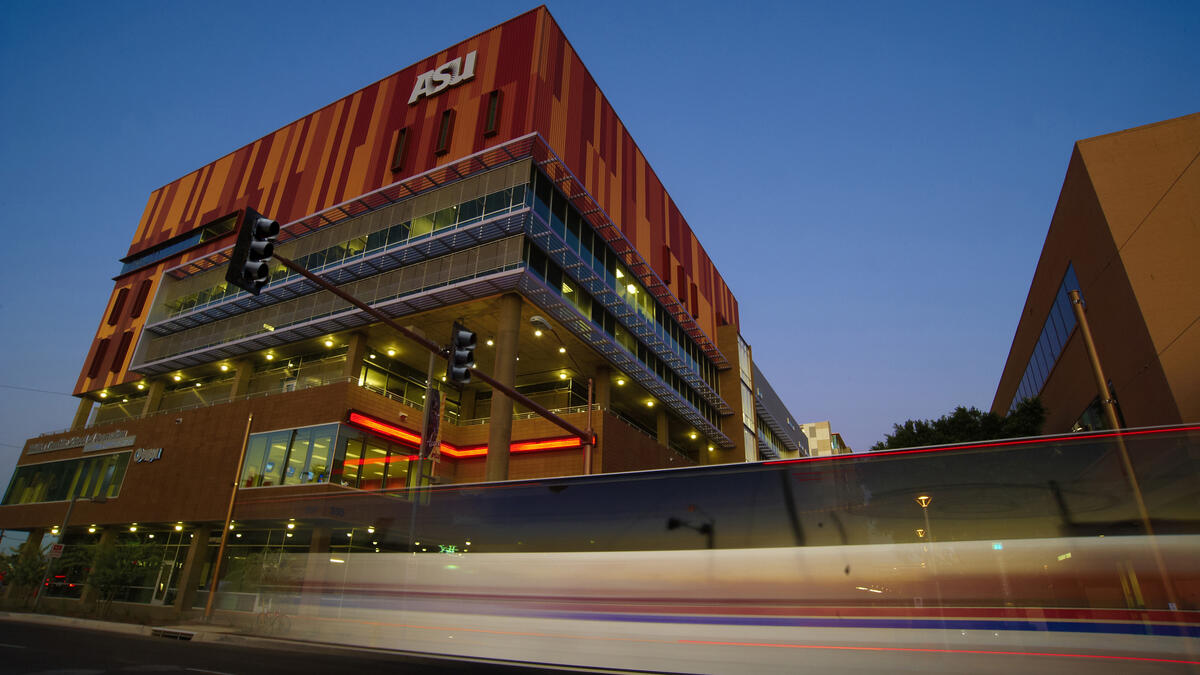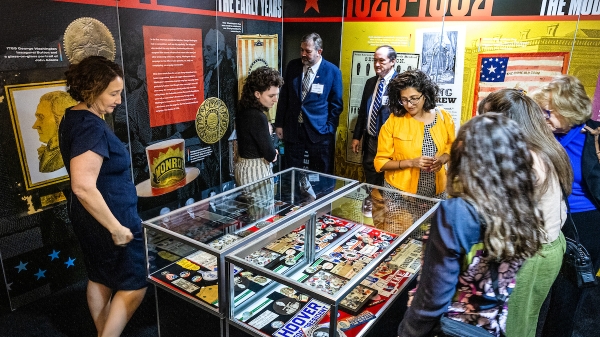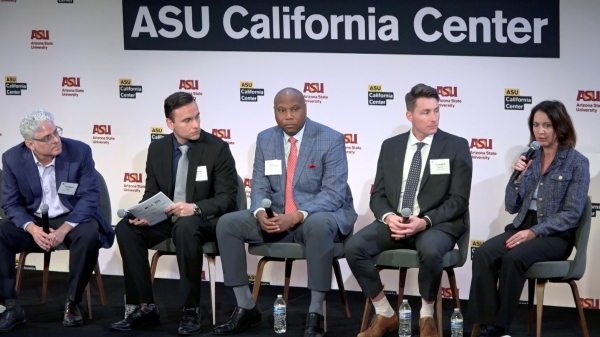ASU’s News Co/Lab receives grant to build bridges between communities, newsrooms

News Co/Lab, a collaborative lab aimed at helping the public find new ways of understanding and engaging with news and information located at ASU's Cronkite School, received a $300,000 grant from the News Integrity Initiative.
News Co/Lab at Arizona State University, a collaborative lab aimed at helping the public find new ways of understanding and engaging with news and information, today announces a $300,000 grant from the News Integrity Initiative.
The News Integrity Initiative grant comes just a day after Facebook and ASU announced the creation of News Co/Lab, based at the Walter Cronkite School of Journalism and Mass Communication, with launch support from the Facebook Journalism Project.
The lab’s initial project is a collaboration with three McClatchy newsrooms. The three, starting with the Kansas City Star, will work with the communities they serve to develop new ways to increase transparency, engagement, mutual understanding and respect.
“The Co/Lab and its first pilot are the kind of work that's at the heart of the News Integrity Initiative: building bridges between newsrooms and the public through sustained listening, collaboration and transparency,” said Molly de Aguiar, managing director of the News Integrity Initiative. “We believe this work will reveal important lessons about what new approaches are needed to rebuild trust in journalism.”
The lab is a direct outgrowth of the “News Literacy Working Group” convened and co-sponsored last March by Facebook and ASU. That gathering included experts from around the world who seek innovative approaches to fighting misinformation. Dan Gillmor, director and co-founder of News Co/Lab, spearheaded discussions at the workshop to work not only on the “supply side” of the news equation but also the “demand” side.
“We’re grateful to the News Integrity Initiative for supporting this work,” said Gillmor, professor of practice at the Cronkite School. “We’re looking forward to collaborating with partners in working on what we all agree is so vital: protecting and improving a trustworthy information ecosystem in a time when truth and reality are under attack.”
The Cronkite School also will participate in lab experiments, through Cronkite News, the award-winning student-powered news division of Arizona Public Broadasting. Eric Newton, lab co-founder and the school’s innovation chief, will work with Gillmor and other lab staff on projects.
Over time, the lab plans to work with a variety of partners, from educators and technologists to community groups and a variety of newsrooms of different types and sizes. Early collaborators include the News Literacy Project, the Trust Project, the Newseum, Knight Science Journalism at MIT, the Poynter Institute, the Trusting News project, the Center for News Literacy at Stony Brook University and the MIT Center for Civic Media. The News Co/Lab will promote and accelerate the best work already being done by the partners as well as pursuing its own program of experimentation.
"This grant is critical to the lab’s development as it works to help the public better understand news, and news people better understand the public,” said Christopher Callahan, dean of the Cronkite School, university vice provost and Arizona PBS CEO. "We’re pleased to see so many excellent partners.”
More Law, journalism and politics

Exhibit uses rare memorabilia to illustrate evolution of US presidential campaigns
After one of the most contentious elections in history, a new museum exhibit offers a historical perspective on the centuries-old…

TechTainment conference explores the crossroads of law, technology, entertainment
What protections do writers, actors, producers and others have from AI? Will changing laws around name, image and likeness (…

How to watch an election
Every election night, adrenaline pumps through newsrooms across the country as journalists take the pulse of democracy. We…